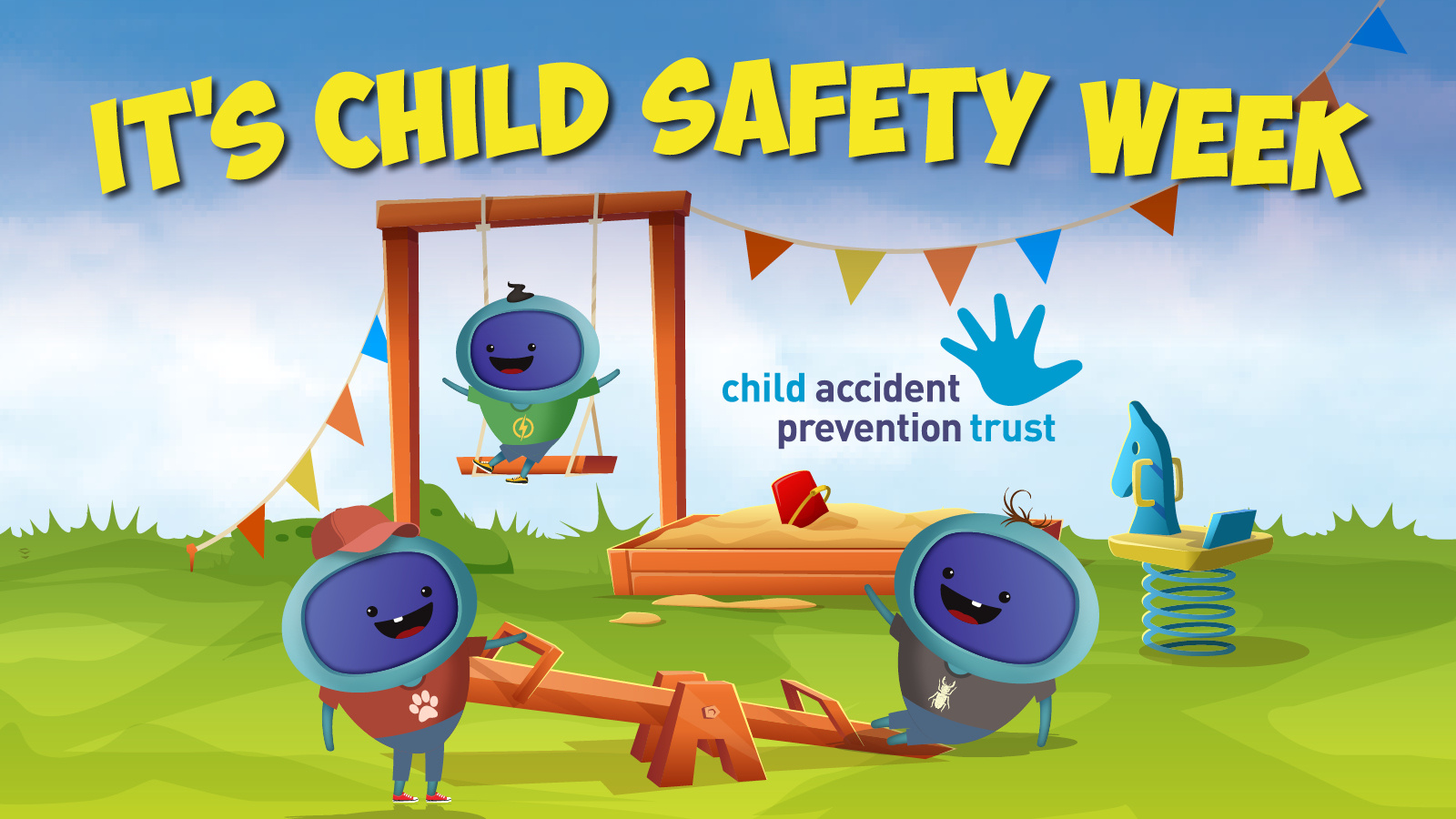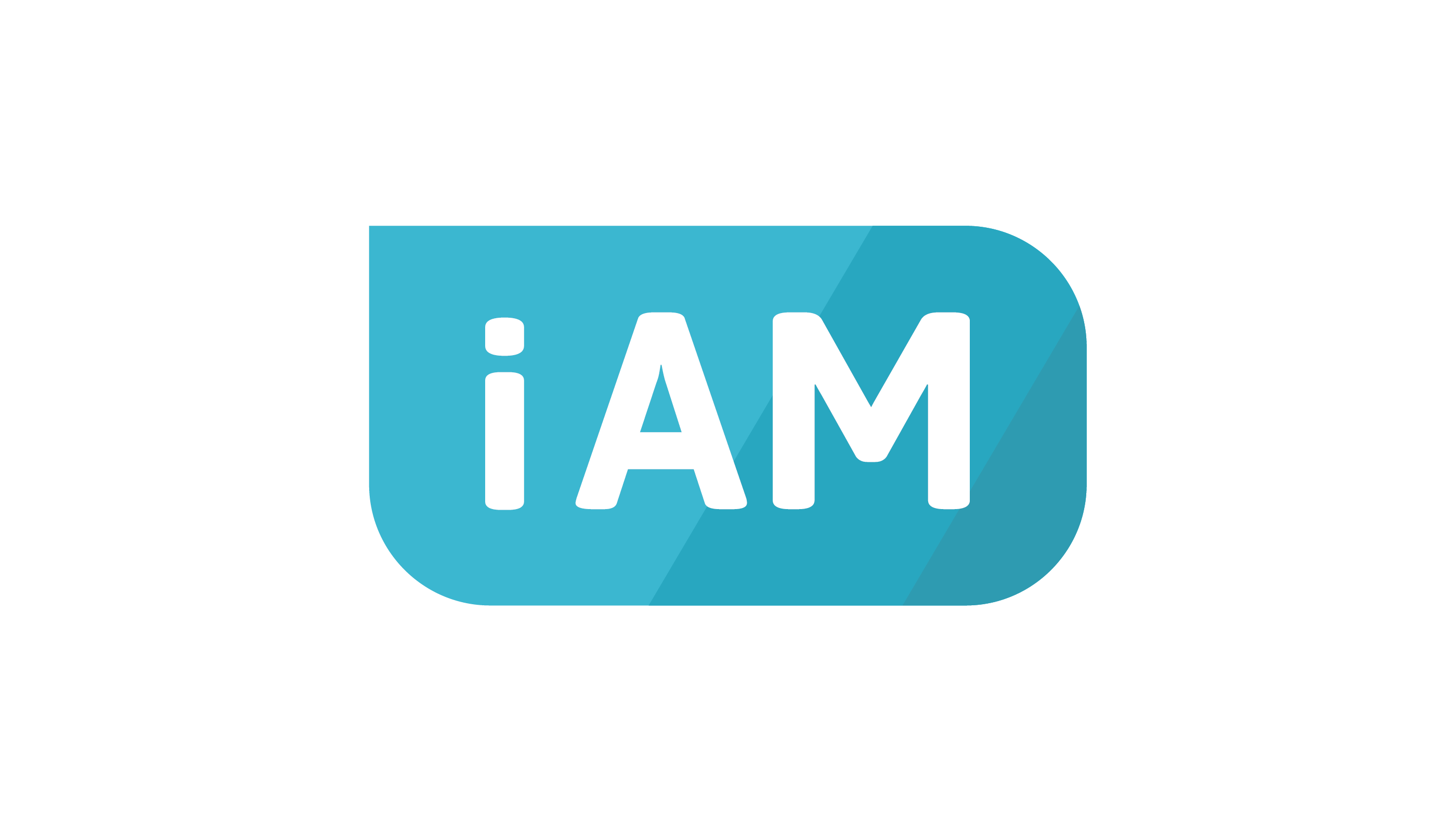You know those signs you see on cartoons that say ‘Last accident 0 days ago’ as a kind of cheap gag? Well, in any given school, it’d probably never need updating. Ask any teacher or school leader and they’ll say scrapes and cuts, dislocations and the odd broken bone are pretty commonplace.
Preventing accidents in schools is a tricky feat with the sheer number of children altogether. Unfortunately, these things happen, and even the best playground assistants can’t be everywhere all at once.
But, as it’s Child Safety Week, our best compliance experts in the company got together to discuss health and safety planning in schools and have put together this school safety assessment checklist to help you identify areas in schools where accidents can be prevented.
The checklist covers several key areas: Environmental Safety, Supervision & training, Policies & Procedures, Health & Wellbeing, Communication & Engagement and Technological Solutions.
You likely won’t be able to implement them all because of budgetary considerations or other impracticalities, but all of them are designed to help you reduce accidents in schools using a combination of these proactive measures, safety education and consistent enforcement of policies. Let’s begin.
School Safety Assessment Checklist
Environmental Safety
1. Conduct routine safety inspections of the school premises to identify and address potential hazards such as slippery floors, loose railings, and faulty equipment.
2. Ensure that all school facilities and equipment are regularly maintained and repaired. This includes playground equipment, sports facilities, and classroom furniture.
3. Keep hallways, staircases, and exits clear of obstacles to prevent trips and falls. Ensure that these areas are well-lit and properly marked.
4. Designate specific areas for different activities, including safe play areas. Ensure that playgrounds and sports fields are safe and appropriate for the intended age groups. Use soft surfacing materials where appropriate.
5. Store hazardous materials (e.g. COSHH) in securely locked cabinets and out of reach of students.
6. Secure bookcases and appropriate furniture to walls with wall straps where possible.
7. Fit finger guards to doors and adjust door closers to soft close to avoid crushing injuries to fingers.
8. Identify and clear away green algae and moss build-up on paving slabs or other areas prone to it.
9. Restrict access to high-hazard areas (kitchens, plant rooms, swimming pools, ponds, etc.)
10. Enforce a speed limit for vehicles on school grounds of 5 or 10mph.
11. Use cable tidies for IT equipment to avoid tripping injuries
12. Identify and address other trip hazards such as loose paving slabs, carpets, tree roots etc.
13. Install anti-slip flooring in toilets.
14. Ensure all equipment is maintained regularly.
15. Install electric socket covers.
16. Control school drop-offs and pick-ups with designated zones. This can become a bit of a dangerous free-for-all without proper controls in place.Supervision and Training
1. Ensure that students are adequately supervised at all times, especially during breaks, physical education classes, and field trips.
2. Provide regular safety training for teachers, staff, and volunteers. This should include first aid, emergency procedures, and how to handle COSHH.
3. Incorporate safety education into the curriculum, teaching students about safe behaviours, emergency procedures, and the importance of following rules. Additionally, educate pupils on hazards – this can easily be done during assemblies.Policies and Procedures
1. Develop and enforce clear safety policies and procedures. Ensure that all staff and students are aware of these rules and understand their importance.
2. Implement a system for reporting and analysing accidents and near-misses. Use this information to make informed decisions about safety improvements.
3. Conduct regular emergency drills (e.g., fire, lockdown) to ensure that students and staff know how to respond in different situations. Maintain up-to-date emergency contact information and procedures.
4. Have a “No running in school buildings” policy.
Health and Wellbeing
1. Encourage regular health checks and ensure students with medical conditions are properly supported. This includes having EHCPs and medications readily available if needed.
2. Promote good hygiene practices to prevent the spread of illnesses, which can lead to accidents due to unwell students.
3. Provide support for students’ mental health to prevent accidents related to stress, distraction, or emotional distress.Communication and Engagement
1. Engage parents in school safety initiatives. Provide them with information about how they can contribute to their children's safety.
2. Involve students in safety committees or peer supervision programmes. Encourage them to take responsibility for their own safety and that of their peers.
3. Establish channels for students, staff, and parents to provide feedback and report safety concerns. Act on this feedback promptly to address issues.Technological Solutions
1. Install security cameras in strategic locations to monitor activities and deter unsafe behaviours.
2. Implement access control measures to ensure that only authorised individuals can enter certain areas of the school.
3. Use technology, such as safety apps, to facilitate quick reporting of hazards and accidents.A lot of these suggestions are simple stuff, requiring little more than common sense, but this checklist forms a key part of any school safety plan. We hope it’ll help cause fewer accidents so all kids, staff and visitors can have a safe experience on your school site.
Health and Safety Planning for Schools with iAM Compliant
Have you got systems in place to manage safety in your school? Does your school regularly perform risk assessments, for example? This is an important preventative measure which identifies risks in advance so they can be mitigated. It's the main contributor to keeping everyone safe. You can identify these risks with a mix of common sense, as well as looking back through previous incidents and finding the cause.
This brings us to another crucial component of safety - incident reporting. Having a clear way to report incidents is vital to keeping track of accidents and incidents as well as near-misses. Accurate logs help with risk assessments and future planning.
Using these in tandem will help you stop accidents in your school before they've taken place. iAM Compliant has a useful area for you to store accidents, observations and near misses - consider it a digital accident book. You can also keep all of your risk assessments in one place, tracked within our real-time risk matrix. This Child Safety Week, let iAM help you keep kids safe on your school site. Try iAM for free with a 30-day free trial or book in for a quick demo with the team to discuss your school's specific needs.


